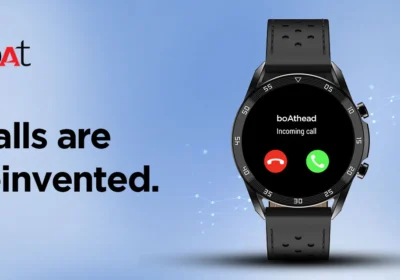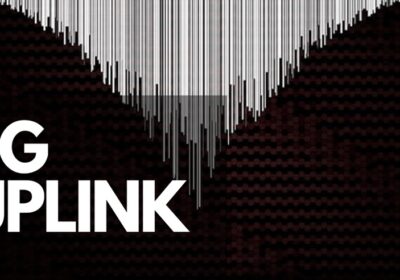
Your Guide to Education Copywriting
Education copywriting is as simple as it sounds – copywriting for the education sector. More specifically, there are millions of Australians seeking further education and many companies and schools that cater to that demand.
Copywriting for these companies can be a difficult task as it often requires the writer to consider a huge variety of different factors.
An education copywriter needs to engage different groups and cover a huge range of content while effectively communicating the right information. On boarding an education copywriter will allow you to make the most of your content. They will understand the intricacies of tone of voice, audience, content and more.
This article is a simple guide to education copywriting.
Step one: Establish a point of difference
The first thing you need to do before starting writing is to understand your point of difference.
This is important as it is what will set you apart from other educational organisations. The best way to do this is to research your local competitors and think about what you have that they don’t.
It can be anything from a great location, fun student culture, or maybe studies that aren’t offered in the area.
Step two: Use SEO to stand out
SEO (or Search Engine Optimisation) is the inclusion of certain high traffic keyword in your web content to increase traffic.
A good educational copywriter will target not just what is being taught (Cooking for example), but also the locality of it (Cooking classes in Melbourne).
SEO and SEO copywriting are very important to ensure healthy web traffic and stand out from the crowd.
Step three: Have a strong tone of voice
Tone of voice is what copywriters use to know how to talk to your audience. Your TOV is dependent on your audience, content, and your personal goals and projections for your company.
As an educational copywriter you will need to inspire, motivate, and clearly communicate with prospective students. You will need to establish how your tone of voice does this; whether it is serious, hopeful, or encouraging.
You also have to decide whether you want to be considered as an industry leader, or be more approachable, professional or casual.
Step four: Don’t assume knowledge
Your audience are prospective students so it is best you don’t assume knowledge. For example, academic jargon can be very alienating to your audience.
Assuming knowledge can make students feel as though they are not prepared for the course. Even if this is the case, there are better ways to communicate this like outlining the difficulty from easy to hard.
The goal should always be to make sure your students feel welcomed and supported. Seeking out education is often a daunting prospect and it can be very easy for people to feel put off.
Step five: Who is your audience?
As an educational organisation you need to establish who your audience is.
For example, are you catering to parents reentering the workplace, elderly people looking to improve digital literacy, or new graduates looking to diversify their resume. Whatever it is, knowing your audience is essential to knowing how to speak to them.
Why educational copywriting is a need and not a want
The educational sector is very competitive which means your organisation needs to do everything it can to stand out from the crowd. Further education is also a part of everyday life and many people are seeking supportive and communicative institutions.
By using this guide or employing an education copywriter, you can ensure that your company will stand out from the crowd. An educational copywriter takes the task of getting the word out off your hands so you can get back to what you love; teaching.


















